
5 Ways to Teach Theme
Teaching theme is one of those reading skills that can feel a little tricky for students. Honestly, it can feel tricky for us teachers, too!

Teaching theme is one of those reading skills that can feel a little tricky for students. Honestly, it can feel tricky for us teachers, too!

Once students enter upper elementary, they begin seeing more text-based questions. Teaching students to read is one thing, but teaching students how to read to

Let’s be honest—teaching students to write strong, well-supported responses can sometimes be a headache. Students tend to give one-word answers, forget to restate the questions

School is almost out, but it’s never too late to sharpen essential skills! Soon, students will be in summer mode. Before they leave, a quick
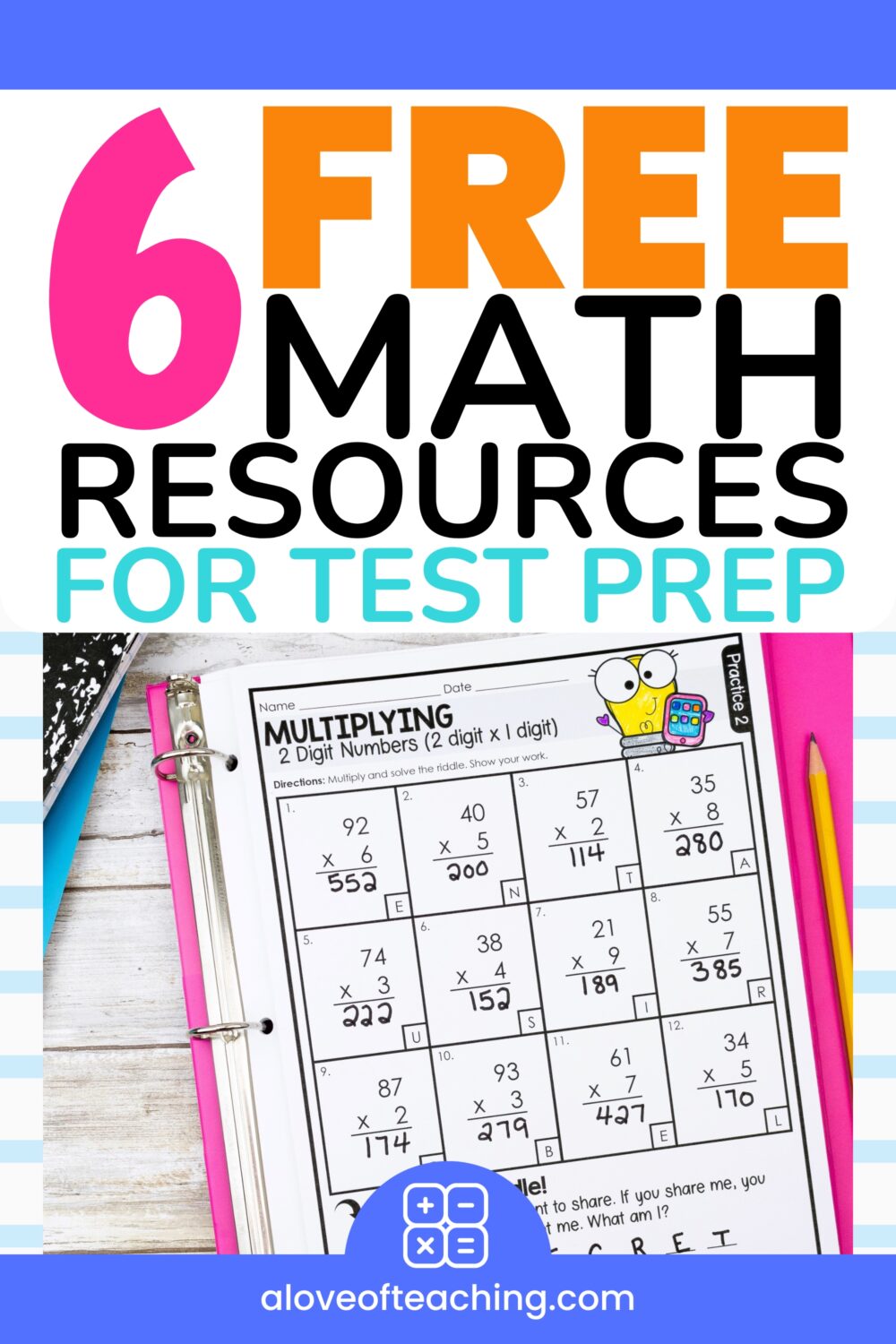
As spring approaches, so does standardized testing for most teachers. Love it or hate it, testing season always seems to sneak up quickly. As students
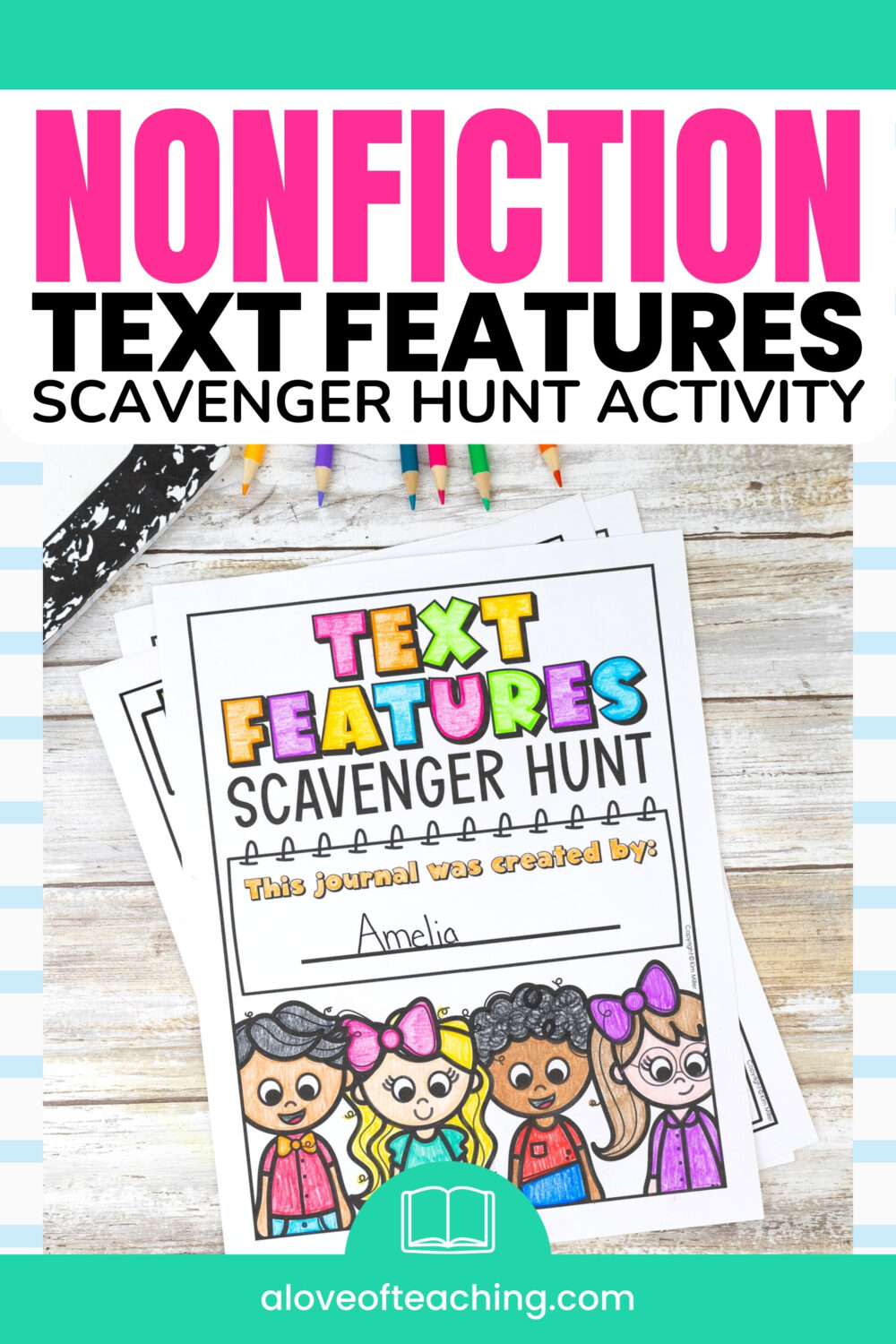
Reading nonfiction texts in the classroom is an excellent way to build a solid foundation of knowledge. This is due to nonfiction texts spanning many
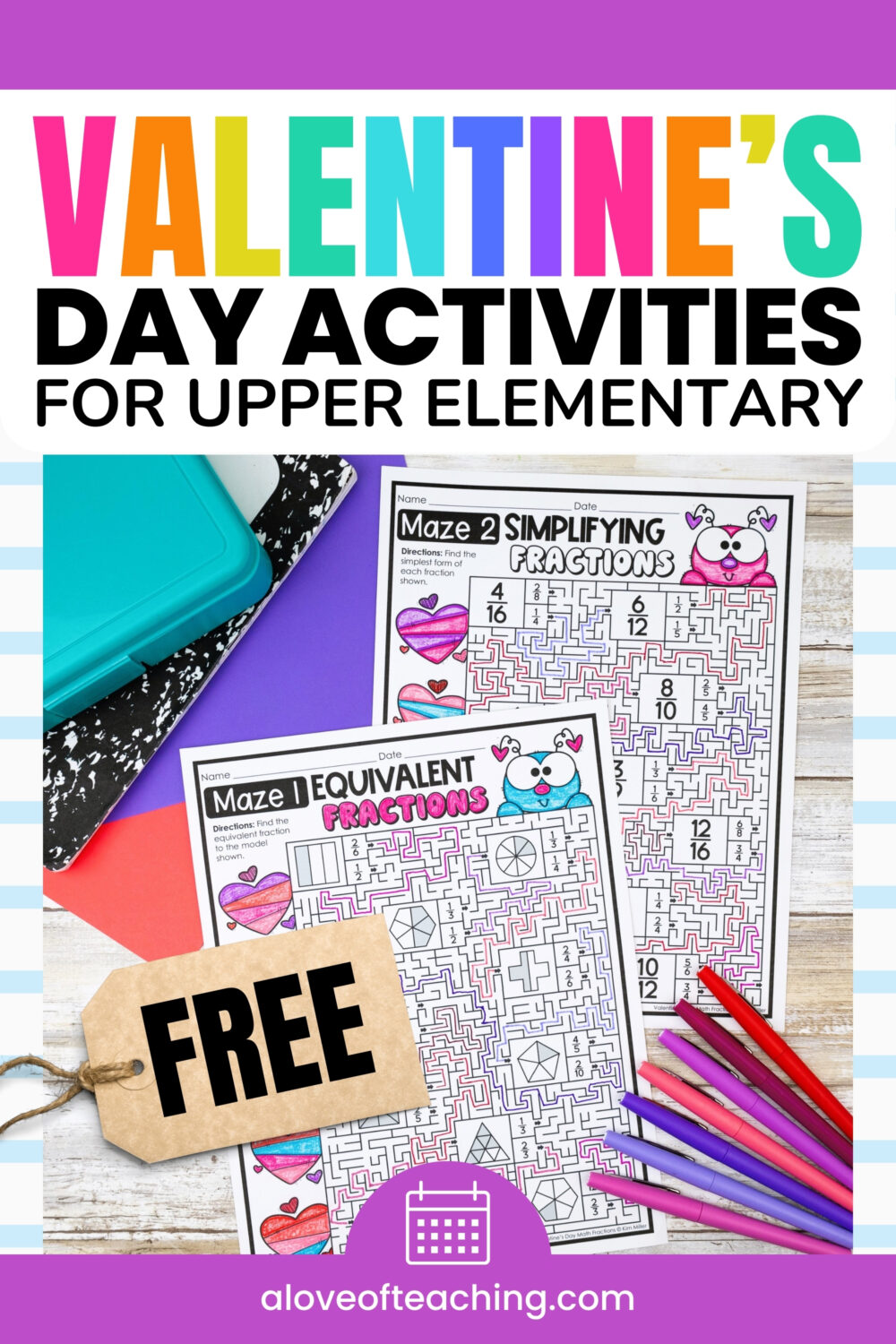
February 14th is fast approaching! Upper elementary students eagerly await the fun-filled day to pass out Valentine’s cards they have bought or prepared with love.
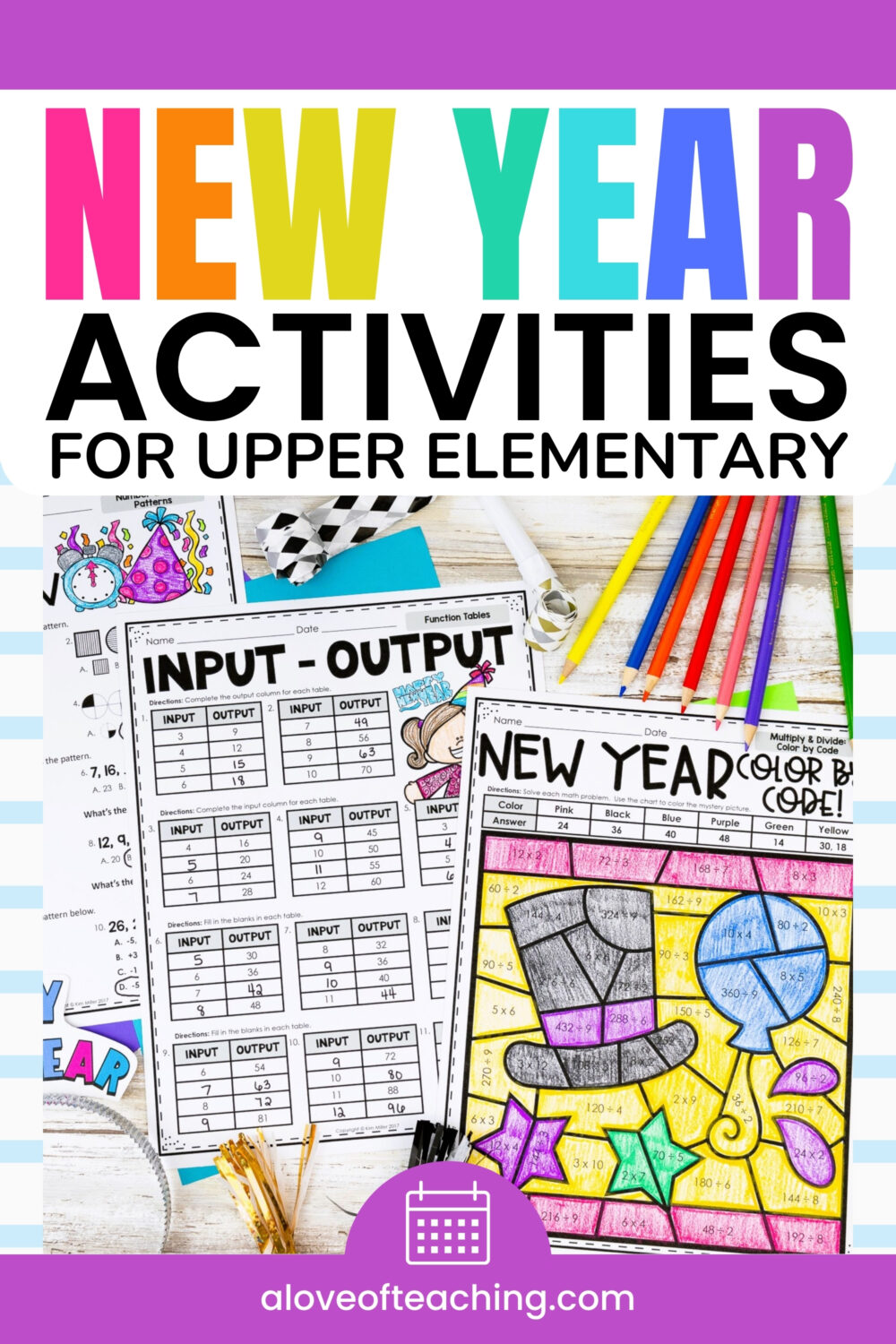
The New Year is one of the best times of year in the upper elementary classroom! It is a time of focus, redirection, and the
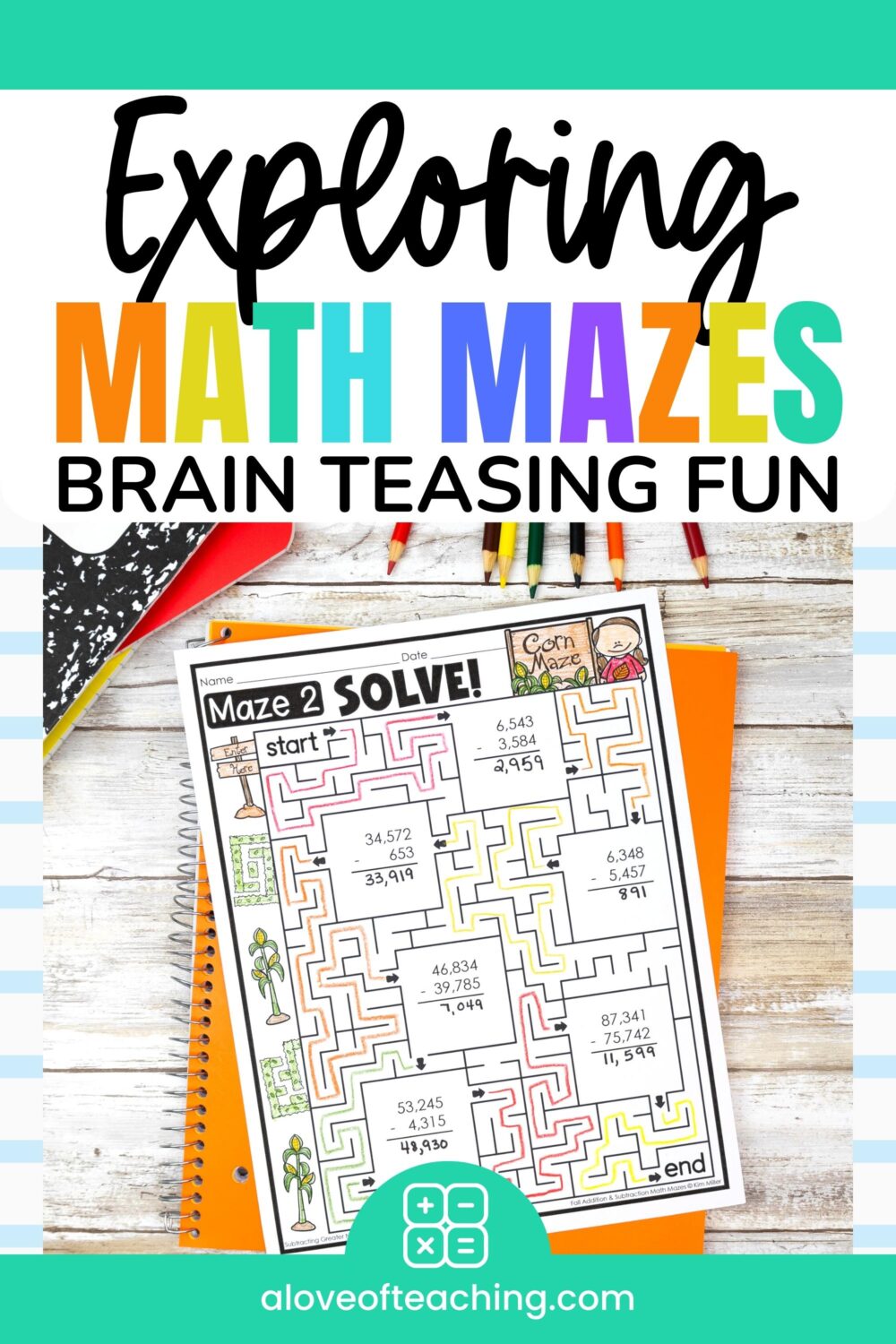
Fall is officially in full force! Students have settled into their classroom, begun learning new skills, and are excited about transitioning to fall. The beginning
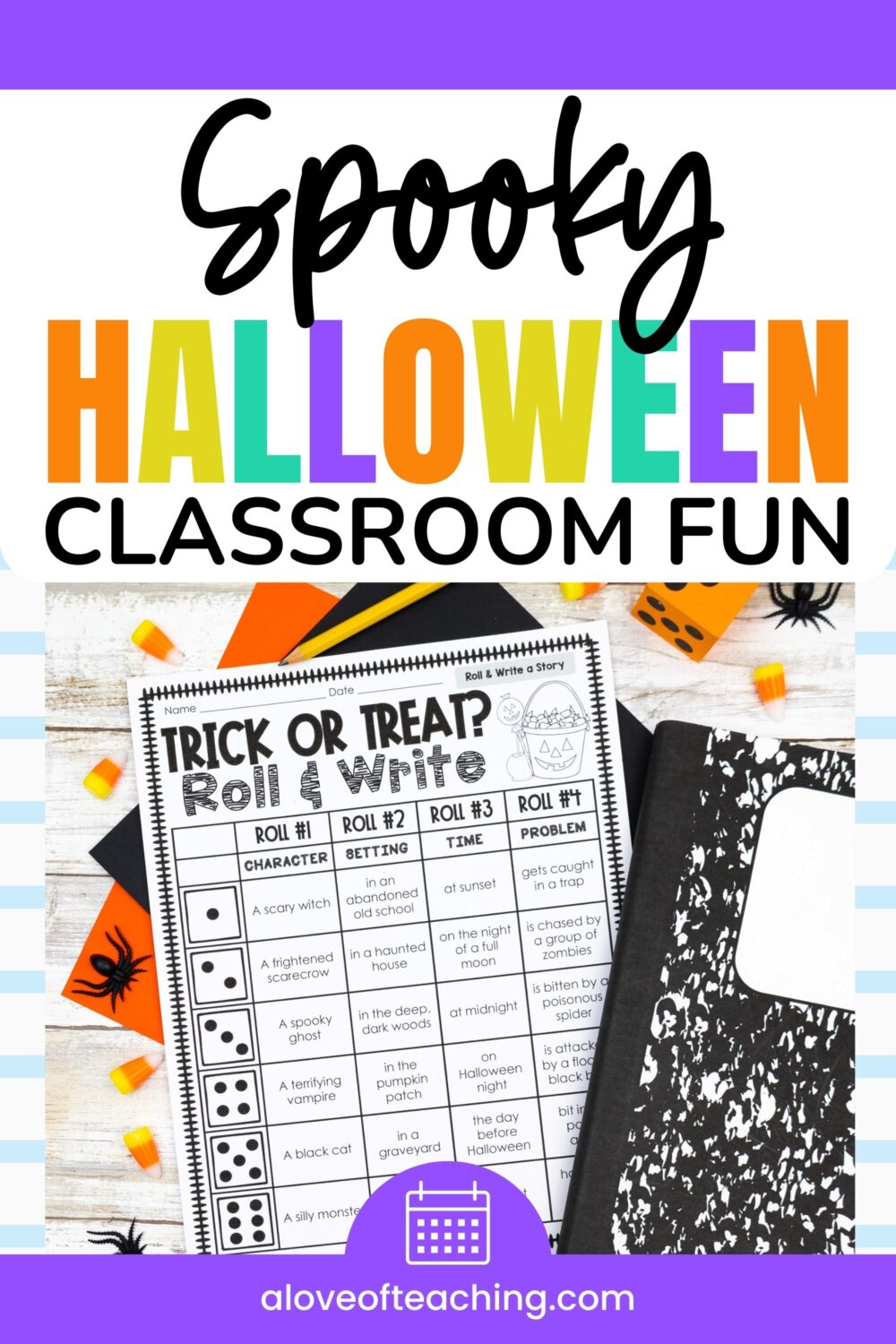
As the air gets cooler and the autumn breeze rolls through, colorful leaves and pumpkins decorate the classrooms. October brings a different kind of excitement
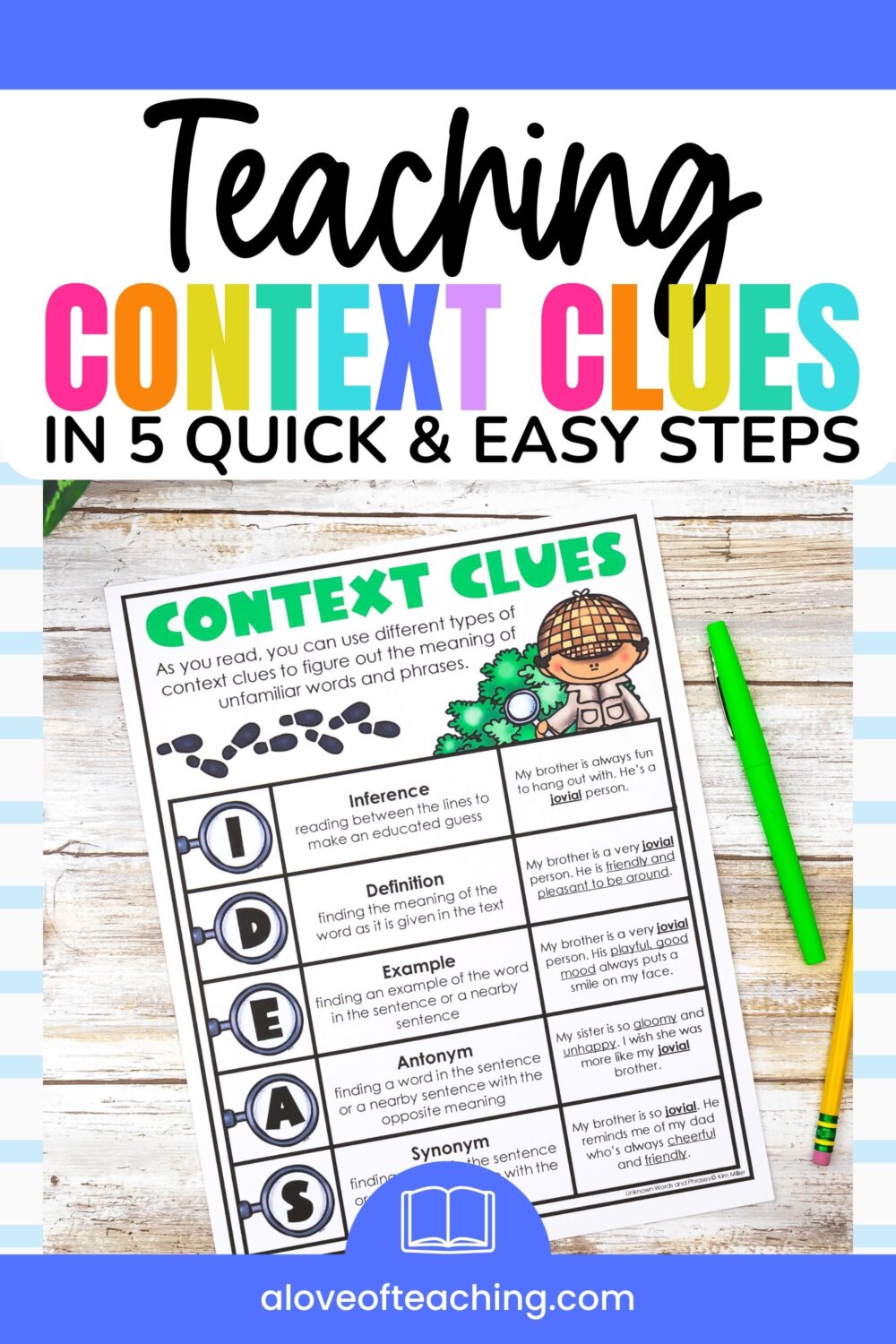
How many of your students totally dread each vocabulary test? Let me guess: too many to count! Memorizing vocabulary words is one way to increase
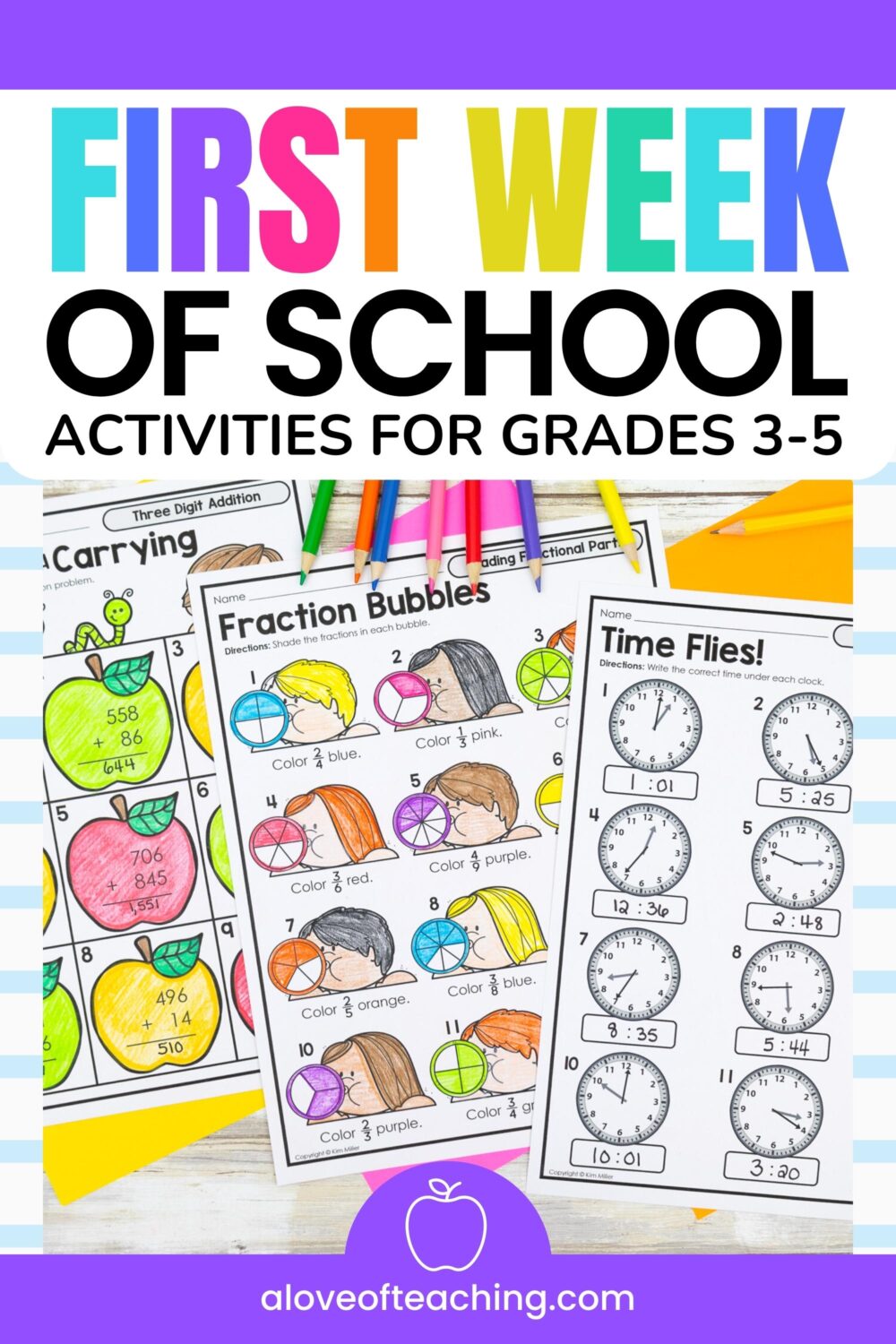
Are you ready for the first week of school? Ready or not, a brand new class of students is coming, and they will be eager
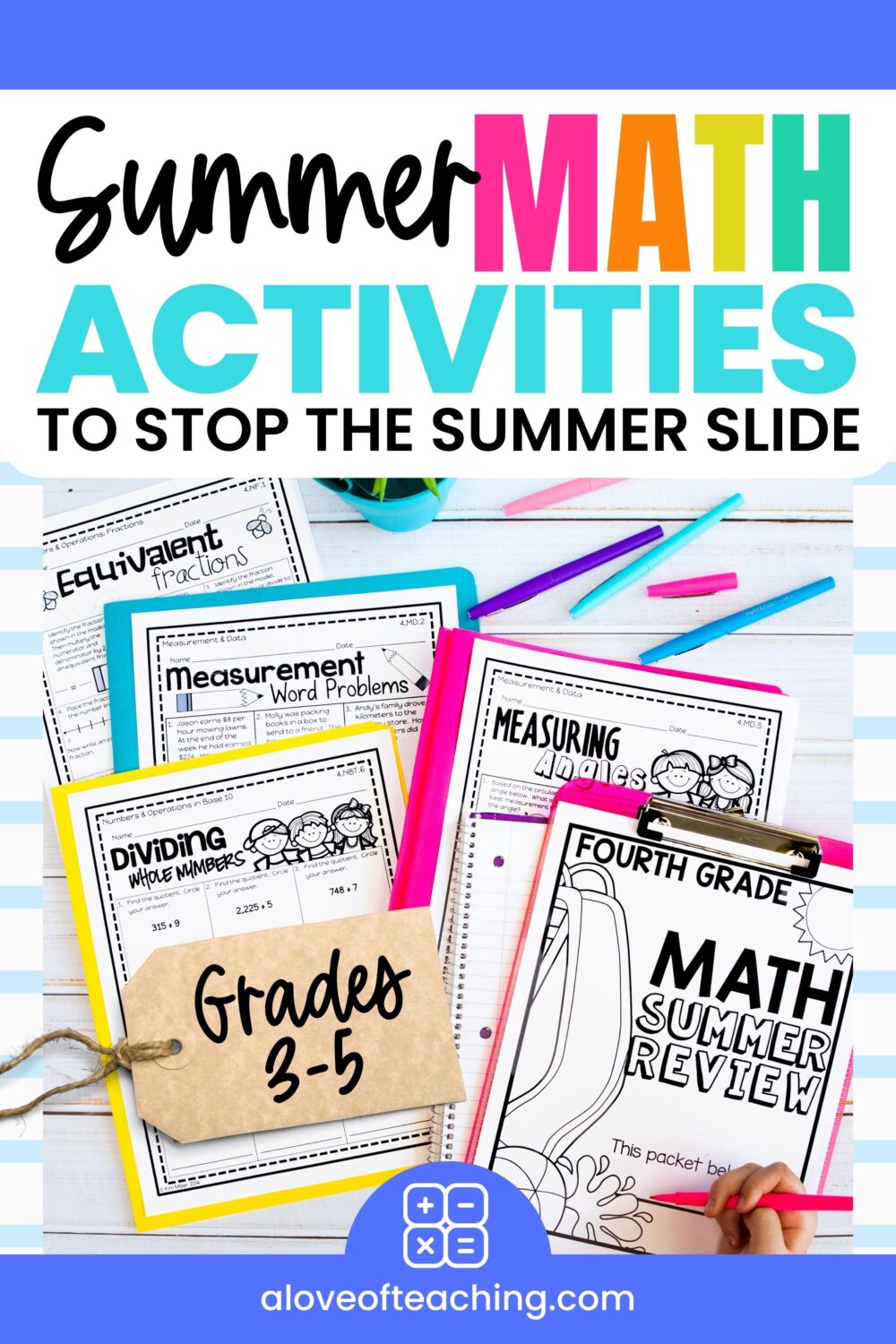
As summer break inches closer, summer math activities are the last thing on students’ minds. They are ready to trade textbooks for beach towels and classroom desks for sunny adventures, right? Well, hold on just a moment! While most students want to leave those pesky multiplication tables and formulas behind, practicing math during the summer can be a fantastic idea because just when you think it’s safe to stop learning, the summer math slide swoops in to steal your students’ skills!
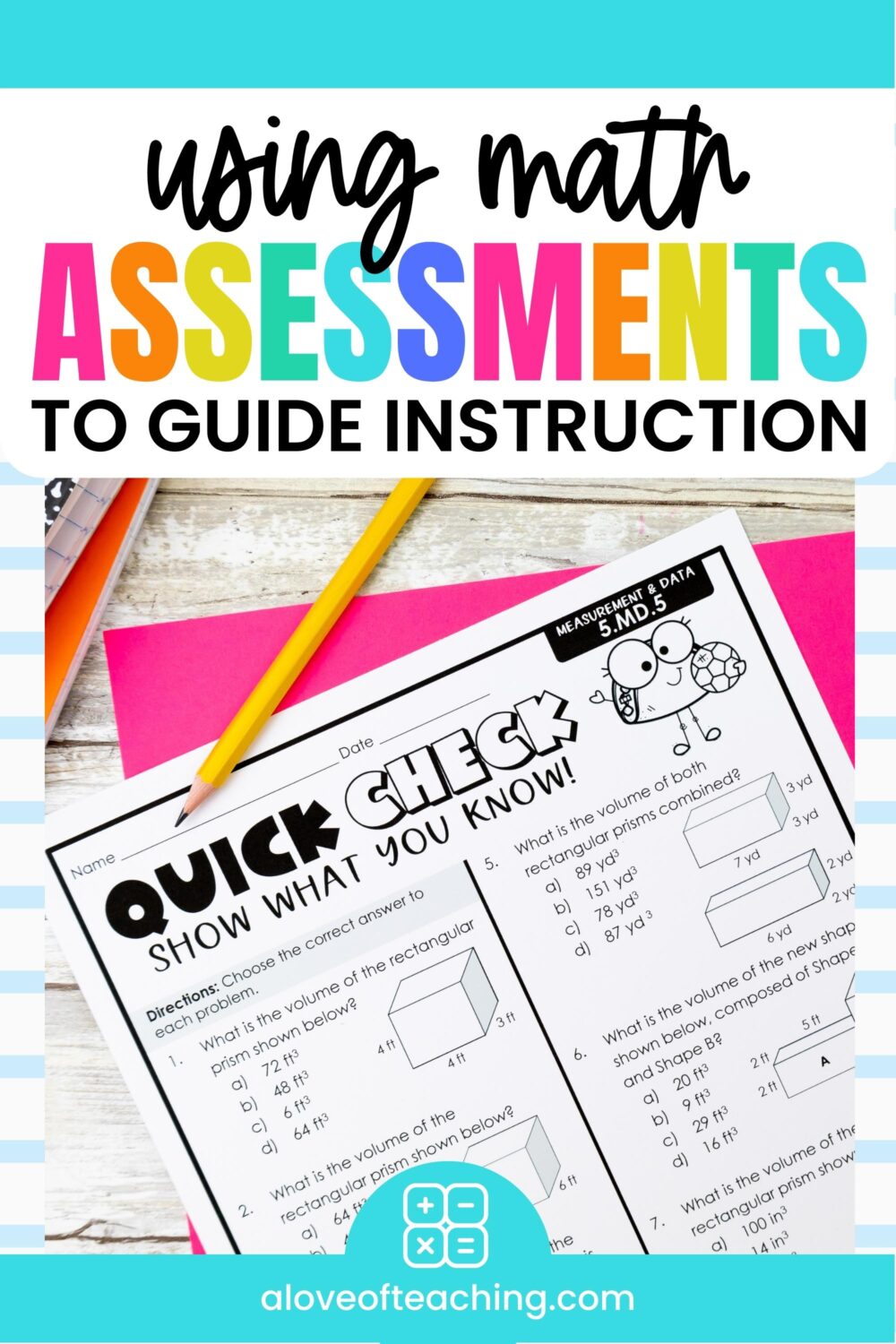
Mastering math skills is necessary to lay the foundation for future learning and prepare students for end-of-year testing. Quick math assessments to guide instruction are one way to assess your students’ math skills. To ensure each student receives personalized instruction to succeed on their tests, teachers need an efficient way of quickly assessing each student’s knowledge level. That’s where Math Quick Checks come into play—they allow teachers to evaluate individual performance so they can adjust teaching methods accordingly while at the same time helping students reach mastery by testing day!
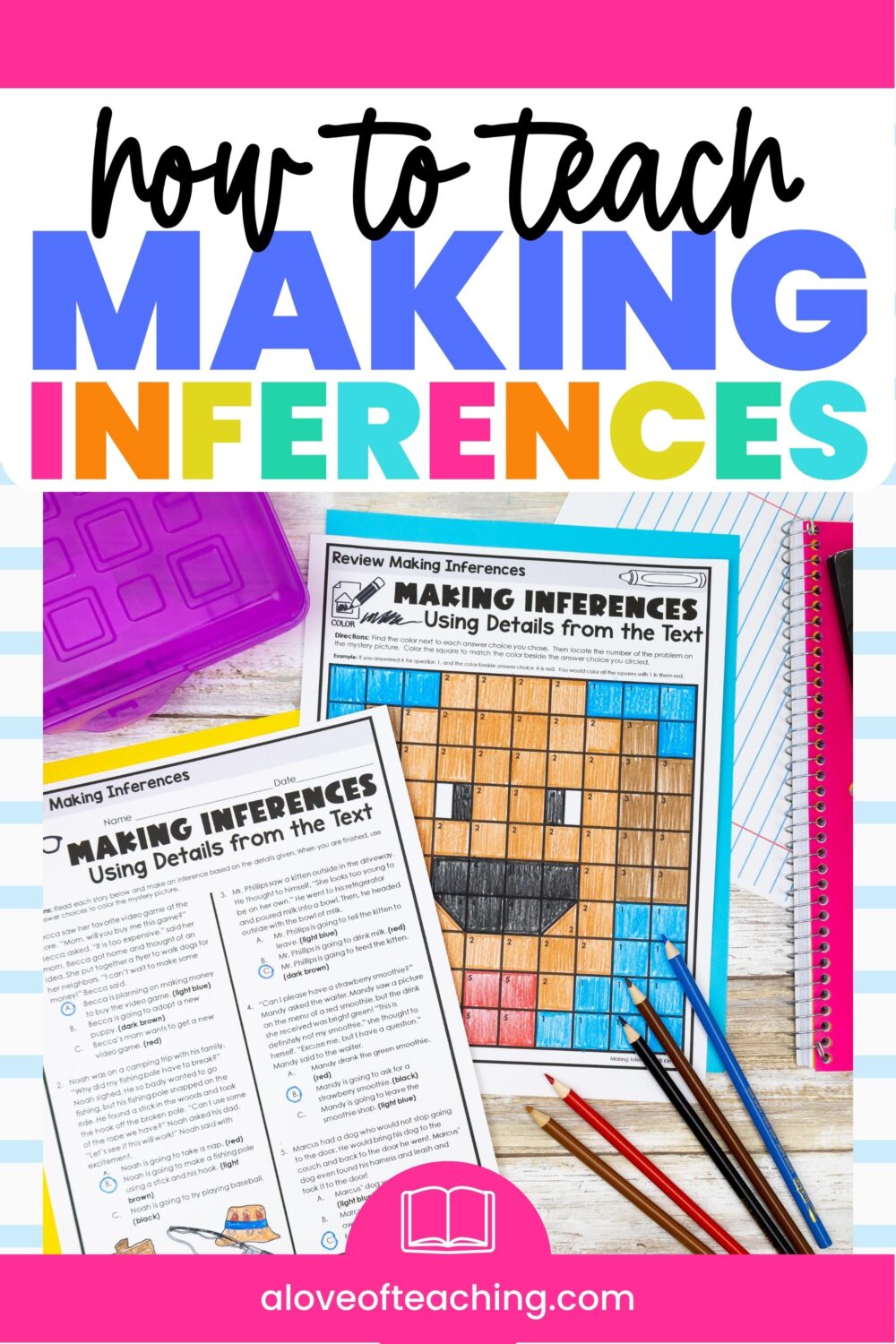
Teaching your students how to make inferences is essential to unlocking their reading potential. This challenging skill requires sharp critical thinking and the ability for readers to understand more than just what’s written on paper. Inferencing is a concept often referred to as “reading between the lines.” If you are having difficulty teaching this important lesson, here are some helpful tips. These 5 steps will take your students from struggling with inferencing skills to becoming masters!

I’m Kim, the founder of A Love of Teaching. My ultimate goal is to empower teachers to reclaim their afternoons and weekends, all while feeling confident in their role as educators. I’m passionate about inspiring teachers with fresh ideas and providing them with time-saving materials.
I’m happy you’re here!